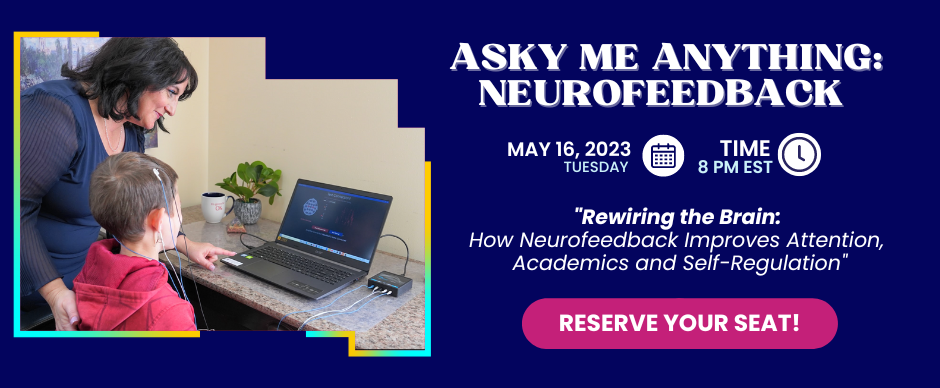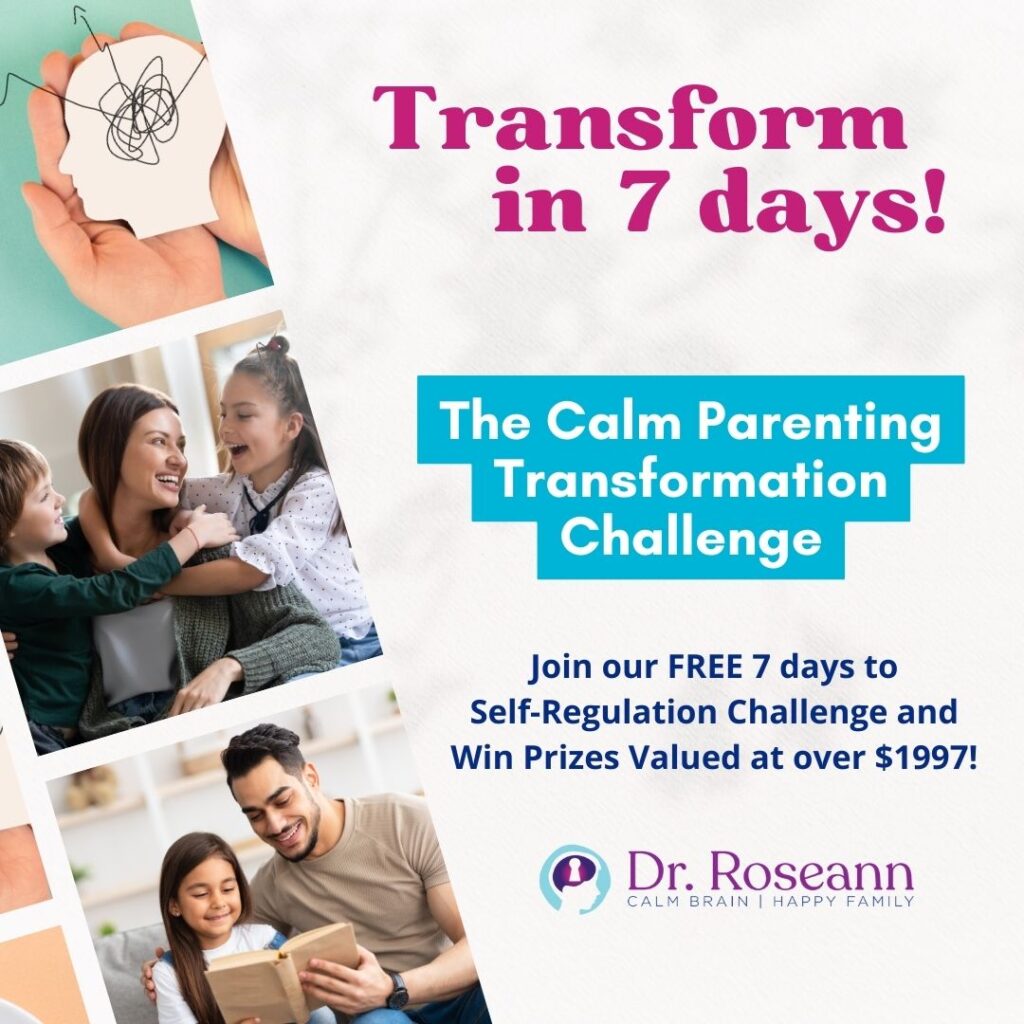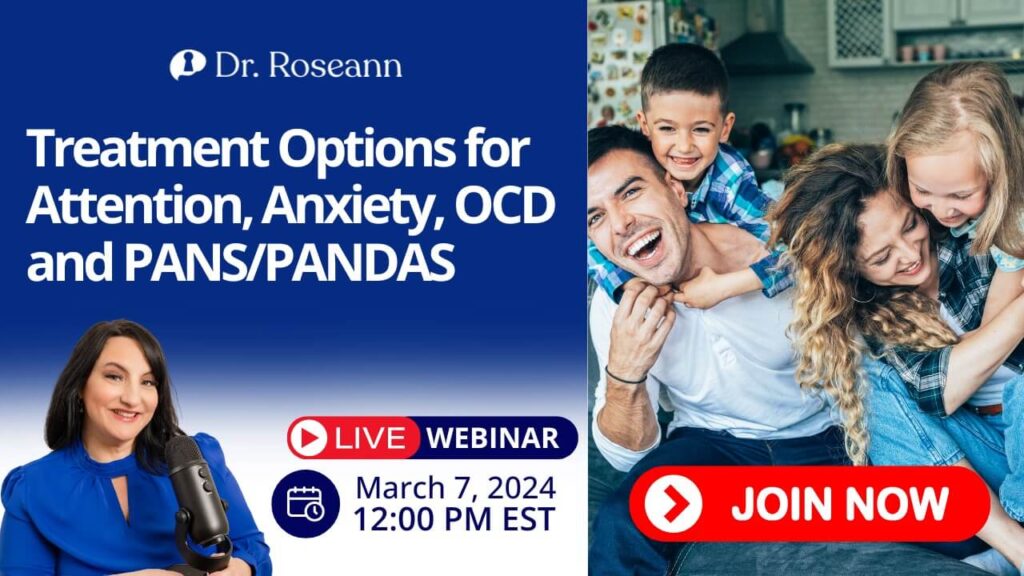Neurofeedback has been a great game changer in mental health for a long time now. In fact, it has been around for over 50 years, and thousands of quality research studies prove this to be true.
It’s a good solution for our struggling kids as it calms the brain and creates positive behavioral changes. Identifying the clinical mental health condition of a child doesn’t even matter in neurofeedback.
As cases of children struggling with their mental health continue to increase, it’s best that we learn more about this game changer and understand what neurofeedback is and how it works in relation to mental health.
The first part of the neurofeedback process is a brain check.
When doing neurofeedback, the first part of the process is something called a Quantitative Electroencephalogram (qEEG) brain map. It is a diagnostic tool to check electrical activities in the form of brain wave patterns.
Brain waves are patterns of electrical activity in the brain generated by neurons. Measuring them is a crucial part of the process of getting important information about brain function. It can also reveal patterns associated with mental health, including neuropsychiatric disorders, traumatic brain injury, mental health disorders, and more.
What is neurofeedback, and how does it work?
Neurofeedback may involve therapy, counseling, and coaching, but we work on resetting the brain and calming that brain down. Then, we do a series of sessions which most people do for years. The sessions are twice a week for 30 minutes, and there are no age parameters.
It is a process of measurement and reinforcement. The brain is getting reinforced for staying regulated over a series of sessions, two to three times a week. Yes, it's going to take time. It is not going to be like a quick magical transition. No, it's not going to happen overnight. It's like exercise; it needs to be reinforced over time.
Again, it doesn't matter what your clinical condition is. You could be the messiest, and it doesn’t matter. We're going to get in there and get it done. What really matters is the people's commitment level to ensure significant change. Remember, consistency is key.
Are you willing to make lifestyle changes?
In order for us to resolve mental health issues, maintaining a proper healthy lifestyle is needed. Surely it’s a long and difficult journey to reach the end goal, but we have to willingly make lifestyle changes if we want our children to get better.
Of course, we all know that it’s hard to just give up those Cheetos and lose weight. So what we need to do is to regulate the brain. This is where we apply qEEG.
You'll be able to see what is happening over the structures of the brain and also able to see how the brain is talking to itself. It gives us a visual representation of the health of the brain. And from that, we can make concrete treatment recommendations.
When a certain area is or is not working, we know what the brain does. So the patient is informed that he doesn’t have good executive functioning, for example.
If you're accepted into our program, we can send you equipment, and we take statistical averages in certain regions of your brain related to the intake. We make customized and individualized treatment recommendations.
Neurofeedback is safe and effective through research.
Another good point why neurofeedback is a good option is because it’s safe and effective. There’s absolutely no research that would show any long-term adverse side effects, unlike medication.
This isn’t to frown upon those who choose medication as a preferred treatment. We don’t oppose to medication, but we don’t think it should be the first line of defense for a developing brain.
Around 70% of all medications for children and psychiatric conditions are off-label. This is not okay. We have safe, effective alternatives, and neurofeedback treatment is one of them.
Neurofeedback is safe and pleasant, and you can use it for any age.
I’m sure other mental health professionals would also recommend neurofeedback. The good thing about it is that it's pleasant, and you can use it for any age.
Unfortunately, there are cases when a child tries medications and experiences problems. That child could be diagnosed with a mental health disorder even though he wasn't suffering from it.
Neurofeedback is research-based, making it safe and effective. It's an amazing resource for a developing brain. The good news is that research shows long-term changes as far out as 10 years. This should be a tool and a resource that you consider.
No matter where you are in your journey, we have resources to help you:
Is It ADHD Or Something Else?
If your child is struggling in ways that make you wonder if they have ADHD, I've developed a quiz to tell you if your child has ADHD, or if it's something else that should be on your radar. It's FREE to take the quiz, and you can get your results immediately.
➡️ “Is it ADHD or something else?” Take the quiz.
➡️ Join our FREE Natural Parenting Community to receive science-backed resources for your child and family. Join here.
➡️ Get help from Dr. Roseann and her team. Apply here.









